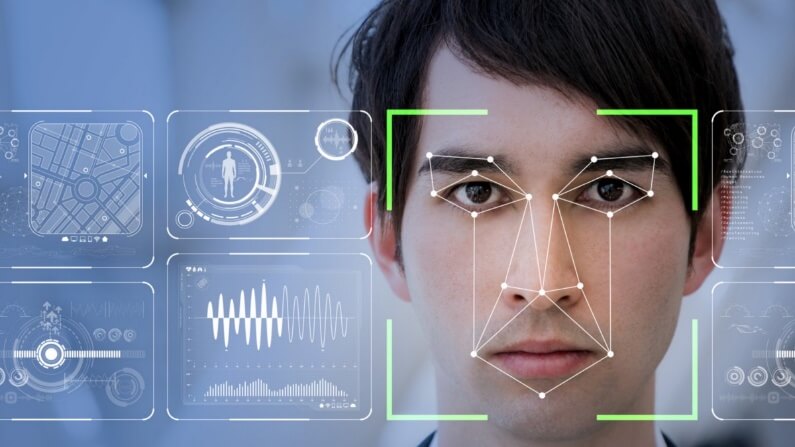Face Recognition in Machine LearningFace recognition is a rapidly growing field in machine learning, and it has a wide range of applications in various industries. From security and surveillance to entertainment and social media, face recognition technology can revolutionize how we interact with technology. Face recognition is an identification method that uses the individual's face's distinctive features to identify them. The majority of facial recognition systems operate by matching the face print to a database of recognizable faces. 
The technology behind face recognition is based on deep learning, a subset of machine learning that involves training artificial neural networks to recognize patterns in data. A deep learning model can be trained to recognize faces by being fed a large dataset of images of faces. The model learns to recognize patterns in the images, such as the shape of the eyes, nose, and mouth, and it can then use this knowledge to recognize faces in new images. Convolutional neural networks are one of the most widely used algorithms for facial recognition (CNNs). These are a particular class of neural network that excel at image recognition tasks. CNNs are made up of many layers of artificial neurons that have been taught to recognise aspects in a picture. For example, the first layer of a CNN might be trained to recognize edges, while the second layer might be trained to recognize shapes, etc. This hierarchical approach allows the CNN to build a more complex understanding of the image, and it allows it to recognize faces with high accuracy. Another popular algorithm for face recognition is called deep face recognition. This method is based on a deep neural network that is trained to recognize faces by being fed a large dataset of images of faces. The deep neural network learns to recognize patterns in the images, such as the shape of the eyes, nose, and mouth, and it can then use this knowledge to recognize faces in new images. One of the main advantages of face recognition technology is its ability to recognize faces accurately, even when they are partially obscured or in poor lighting conditions. This makes it a useful tool for security and surveillance applications, where it can be used to identify people in a crowd or to track people as they move through a facility. Another advantage of face recognition technology is its ability to recognize faces quickly and efficiently. This makes it a useful tool for various applications, such as social media and entertainment. For example, Facebook uses face recognition technology to suggest tags for people in photos. The technology is also used in video games to allow players to control their characters with their faces. Despite the many advantages of face recognition technology, there are also some concerns about its potential impact on privacy and security. Face recognition technology raises the possibility of tracking people without their knowledge or agreement, which is a worry. There are also worries that groups of individuals would be the target of discrimination due to technology. Researchers and decision-makers are creating standards and laws for facial recognition technology to allay these worries. For instance, the General Data Protection Regulation (GDPR), which was enacted by the European Union, contains restrictions pertaining to the use of face recognition technology. Overall, face recognition technology is a rapidly growing field in machine learning, and it has the potential to revolutionize the way we interact with technology. However, it is important to consider the potential impact of this technology on privacy and security and to develop guidelines and regulations to ensure its safe and responsible use. In addition, there are concerns about the accuracy of face recognition technology, especially when recognizing the faces of people with darker skin tones, women, and people with disabilities. This is because most of the data used to train the models are of lighter-skinned individuals, which leads to a bias in the models. This bias can lead to misidentification and discrimination. To address these concerns, there is a growing effort to increase the training data diversity and evaluate the models' performance.
Next TopicProduct Recommendation Machine Learning
|
 For Videos Join Our Youtube Channel: Join Now
For Videos Join Our Youtube Channel: Join Now
Feedback
- Send your Feedback to [email protected]
Help Others, Please Share









